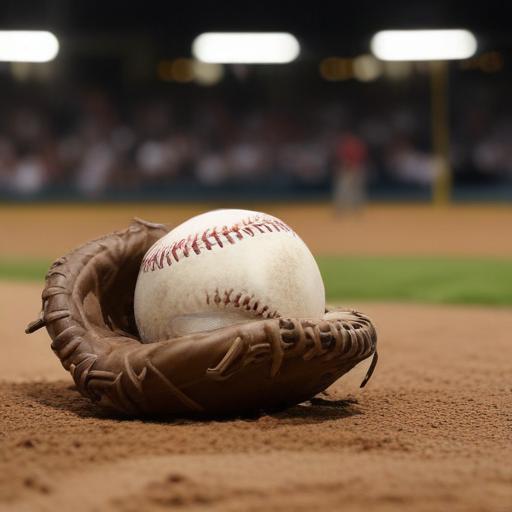Angels weigh Trout’s future role as DH as outfield prospects rise
As the Angels cling to slim playoff hopes, Mike Trout has spent a large portion of the season stationed in the dugout, primarily serving as a designated hitter while the outfield situation evolves. With Trout moving to right field at times to avoid the wear and tear of a full-time center-field sprint, there’s growing discussion in Anaheim about whether his future lies more at the plate than in the grass.
The argument for a full-time DH role is straightforward: Trout’s injuries have often come on the bases or in non-DH scenarios, and at his age it makes sense to maximize his production while limiting time in the field. If the club had leaned into a DH role earlier this season, some financial decisions—such as the allocation of payroll toward other areas like the rotation—might have looked different in hindsight. The takeaway is that the Angels can’t ignore the pattern going forward.
A broader look at the roster supports a DH-centric plan for Trout for the remainder of his contract. On the position-player side, Jo Adell has shown an offensive uptick this year, suggesting he belongs in every lineup and could handle a regular corner outfield spot. Adell’s defensive profile offers upside—lightning-fast in the outfield with the potential for Gold Glove-caliber play in right, which could ease Trout’s field duties. Bryce Teodosio’s early impact has added to the optimism around a younger outfield core. And Taylor Ward has been a steady presence as well, giving the Angels a foundation to build around from 2025 onward.
With this trio expected to anchor the outfield in 2026, the club could plan for Trout to be a full-time designated hitter for the rest of his contract. This approach accommodates Trout’s pressing health considerations, leverages the emerging talent in Anaheim, and prevents the physical toll of regular outfield play from diminishing his offensive value.
Looking ahead, the Angels would still need to manage the roster with an eye toward 2027 and beyond. A potential Ward replacement in the minor leagues could be ready to step up, allowing the lineup to stay balanced while Trout continues to contribute at the plate. By centering Trout at DH for the remainder of his deal, the Angels can maximize his bat while the rest of the roster grows around a young, developing outfield corps.
Bottom line: The decision about Trout’s role isn’t just about one season. It’s about aligning the aging star’s strengths with a plan that optimizes production, health, and the team’s longer-term trajectory. If Trout remains a productive hitter in the DH role, the Angels can build a competitive core around him and a promising group of outfielders, giving the club a clearer path toward sustained success.
What this could mean for the lineup and strategy:
– Trout stays as DH to protect his health and offensive output.
– Adell develops into a regular right fielder, with Teodosio adding depth and Ward providing consistency.
– The rotation can be strengthened with payroll redirected from a field-heavy approach to bolster pitching.
– Several years of development remain for the minor-league system to supply future outfield depth.
Summary takeaway: The Angels appear to be leaning toward a future where Mike Trout serves as the full-time designated hitter for the rest of his contract, while a talented, growing outfield core anchors the defense. If Trout can stay healthy and stay productive at the plate, Anaheim’s long-term outlook could hinge on the continued emergence of Adell, Teodosio, and Ward, supported by a strengthened rotation. A hopeful note: the arrangement preserves Trout’s value in the lineup while giving the organization time to build a sustainable, high-floor roster around him.
